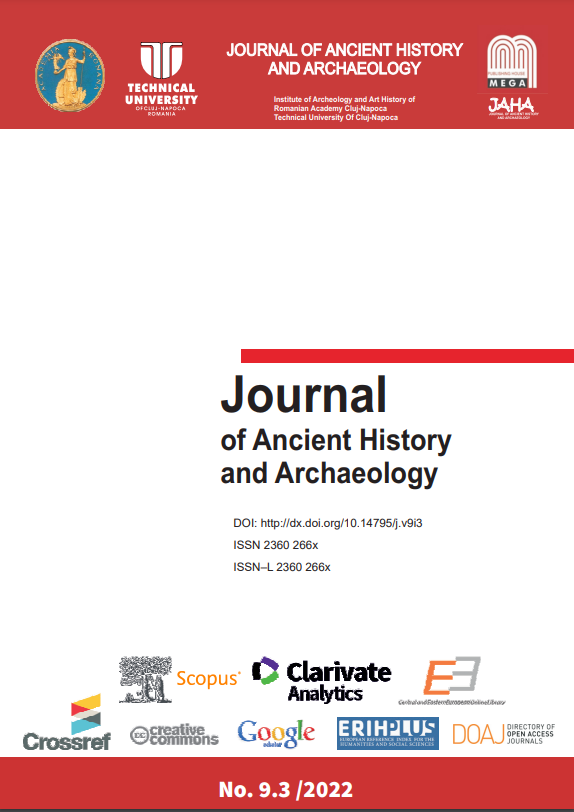CULTURAL GENESIS AND ETHNIC PROCESSES IN CENTRAL AND EASTERN EUROPE IN THE 3RD MILLENNIUM BC: YAMNAYA, CORDED WARE, FATYANOVO AND ABASHEVO CULTURES
CULTURAL GENESIS AND ETHNIC PROCESSES IN CENTRAL AND EASTERN EUROPE IN THE 3RD MILLENNIUM BC: YAMNAYA, CORDED WARE, FATYANOVO AND ABASHEVO CULTURES
Author(s): Stanislav GrigorievSubject(s): History, Archaeology, Ancient World
Published by: Editura Mega Print SRL
Keywords: Indo-European problem; Early Bronze Age; Yamnaya migration; Corded Ware cultures; Abashevo; Veneti; Illyrians;
Summary/Abstract: There are two main hypotheses about the localization of the Indo-European homeland. The first connects the spread of the Indo-Europeans with the migrations of the kurgan cultures of the Ponto-Caspian steppes, primarily the Yamnaya. Therefore, the hypothesis was called “kurgan”. The second hypothesis assumes the localization of the Indo-European homeland in the Near East. According to the Kurgan hypothesis, the Yamnaya migration at the beginning of the EBA led to the formation of Corded Ware cultures from the Rhine to the Volga, which caused the spread and formation of modern European dialects. In fact, there are no grounds for assuming the formation of Corded Ware cultures on the Yamnaya basis. They were formed partly on the basis of European Neolithic cultures, partly on the basis of impulses from the steppe zone in the pre-Yamnaya time. There is also no reason to assume that it was this process that led to the formation of the Celto-Italic and Balto-Slavic-Germanic languages. It is more likely that bearers of these cultures spoke Proto-Venetic and Proto-Illyrian languages.
Journal: Journal of Ancient History and Archaeology
- Issue Year: 9/2022
- Issue No: 3
- Page Range: 43-84
- Page Count: 42
- Language: English

